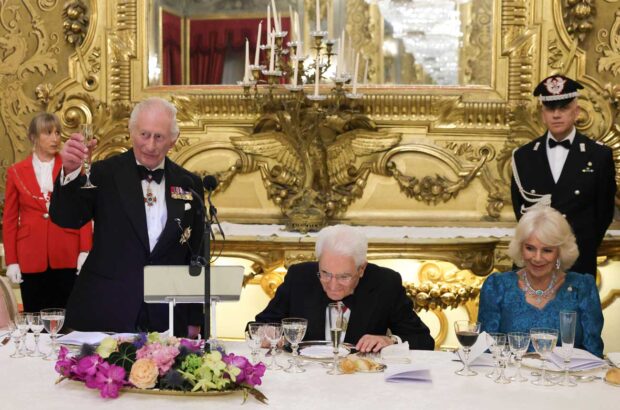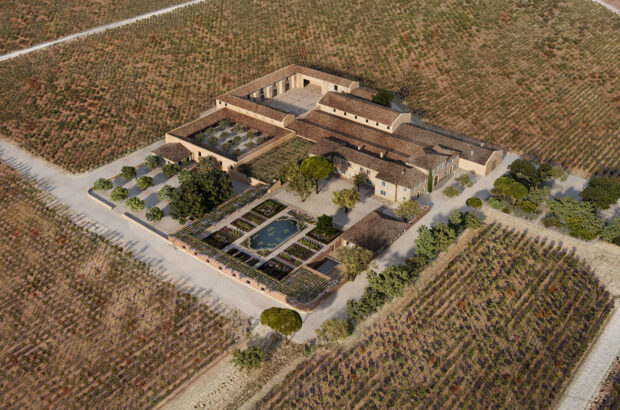Washington 2001: Drink soon
Softer tannins with lush fruit making them quite approachable
Weather Conditions
During both spring and early summer, the temperatures remained below average. In the Columbia Valley, June turned out to be exceptionally cool with an average temperature of 80F, and it was only slightly warmer in the Walla Walla region. A sense of normalcy set in July, but the vines were behind schedule until August when the weather turned warm. There were several heat spikes to accelerate fruit maturity in Cabernet. However, the intense heat caused some problems with Merlot which was aggravated by drought conditions and a scarcity of water for irrigation. The average temperature in August was 90oF. Normal warm daytime weather with cool evenings in September allowed the grapes to mature evenly and brought about good tannin development.
Cabernets show typical bright fruit and good concentration.
Best Appellations
Columbia Valley, Red Mountain, Walla Walla, Yakima Valley
Best Producers
Chateau Ste. Michelle, Columbia Winery, Northstar, Hogue Reserve, Andrew Will, Columbia Crest
Quick Link Washington Travel Guide







